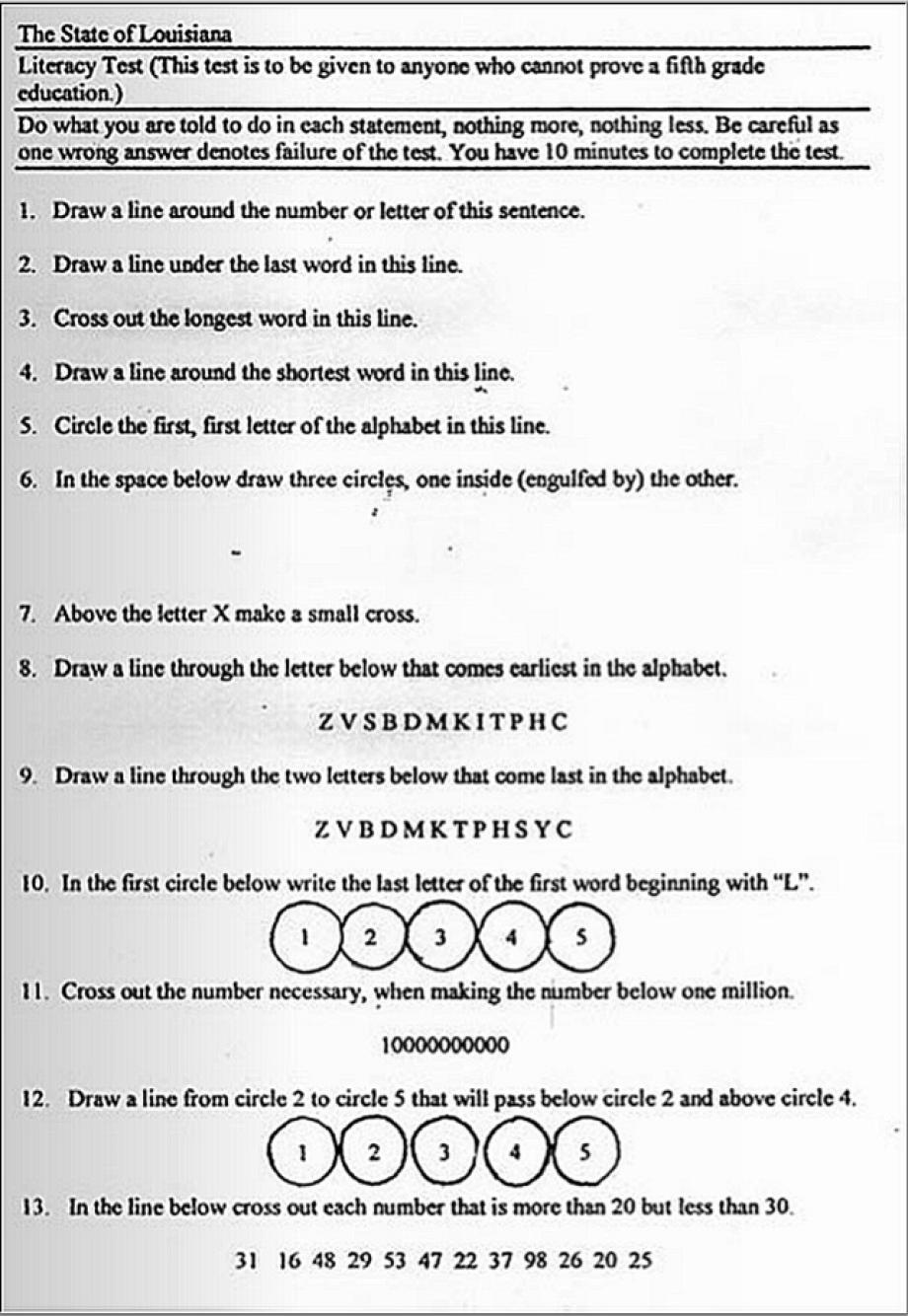Coolidge is, in American memory, a cluster of anecdotes, a minor legend embraced largely for its irony: the taciturn figure at odds with the jazzed-up, boozing, and crazily acquisitive decade over which he came to preside; a tortoise reigning over hares, cutting budgets while the citizenry bought their way, on margin, toward doom. Only a few years after the Great War turned the United States into a world power, he set out to shrink the size and reach of its government, to hark back instead of race forward.
William Allen White, the Kansas newspaperman, nicely captured the mismatch between President and nation in the title of his Coolidge biography, “A Puritan in Babylon” (1938). As White saw it, America felt moved to “erect this pallid shrunken image of its lost ideals and bow down before it in subconscious repentance for its iniquities.”
In Coolidge’s time, the nation had not yet piled high its commitments to the sick and to the poor and, especially, to the old, whom we will have with us—who will be us—for longer and longer stretches. Coolidge was indeed able to “swing it,” but in a world that we have since—gradually, deliberately, and with a fundamental bipartisanship—exchanged for another. If he did come back to us in a dream, and looked up at the fiscal cliff over which we teeter in mutual bad faith, he would likely offer no more than an uncomprehending shake of the head and a disbelieving question: “You built that?”
In the New Yorker, Thomas Mallon urges us to reconsider Cal



